5 things to declutter in February - quick and easy tasks to maintain your New Year reset
Let the decluttering commence

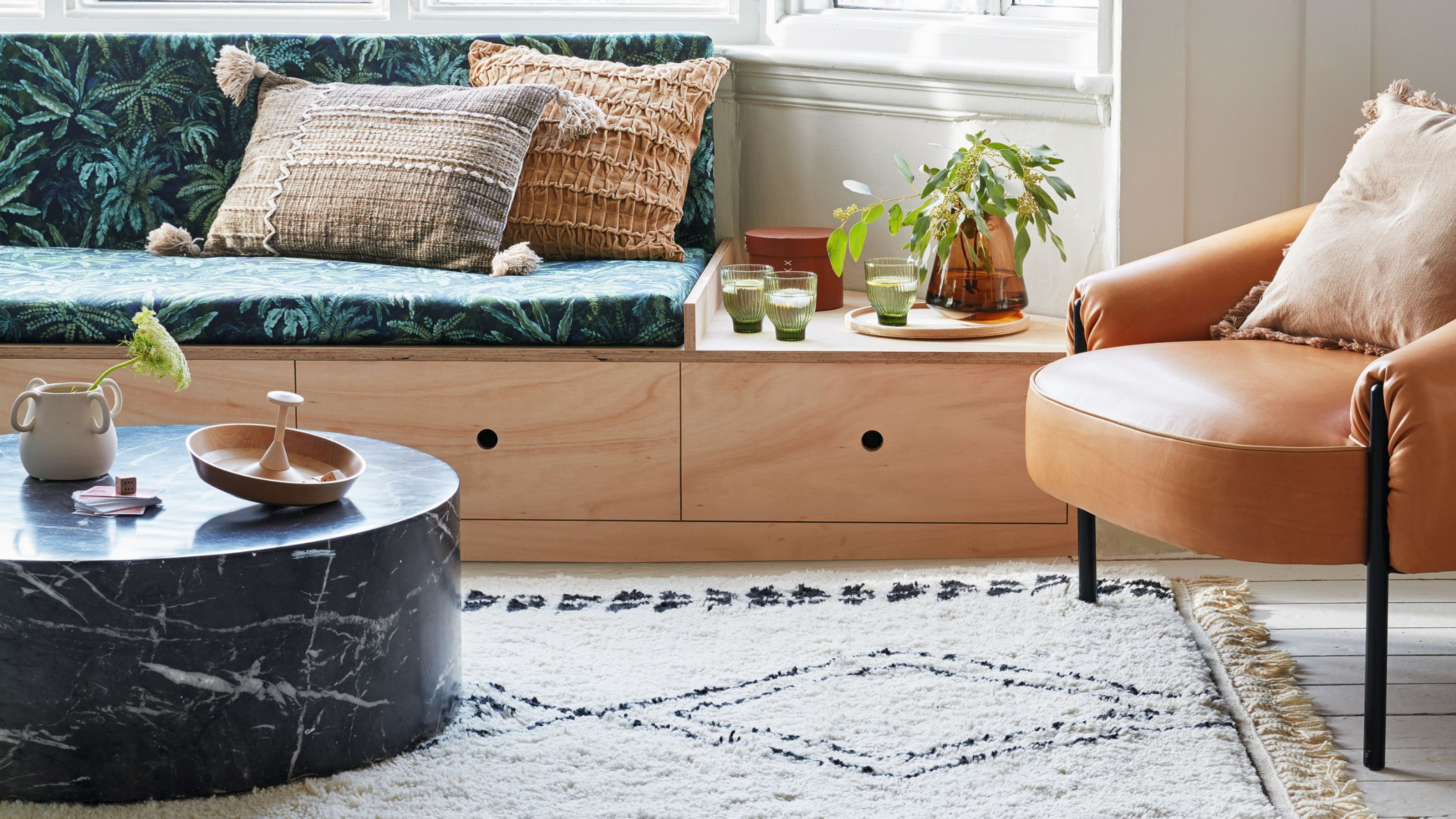
We’re already one month into 2024, and while you may have spent January tidying away your Christmas decorations and clearing the fridge of the leftover cheese, you don’t have to stop there. February is the perfect time to continue your decluttering efforts, and here are 5 things to declutter in February.
Yes, a January reset can really set you up for the year. But when February comes around, many people fall back into bad habits that are hard to shake. That’s why so many experts suggest having a plan of action in the form of decluttering checklists and cleaning calendars, as well as completing specific decluttering tasks that are ideal for February.
Not only will decluttering these areas of the home help you maintain your New Year reset, but they’ll also help you maintain a clean and clutter-free home for the upcoming months. Don't worry, these quick and easy decluttering tasks won’t take you hours.
Things to declutter in February
Finding time to declutter your home can be hard, but it doesn’t have to be. Ava Wilson, Chief Editor at Unclutterer, says, ‘Set aside a specific time each day or week to tackle these tasks, and you'll be amazed at how much you can accomplish. Remember, decluttering is not just about getting rid of things; it's about making room for what truly matters.’ And these are the tasks experts think you should focus on in February.

Ava Wilson, Unclutterer’s Chief Editor with 25 years in cleaning, started with a mop and now leads a team of 20. Merging hands-on experience with management expertise, she transforms cleaning into inspiring lessons. Ava's eco-focused insights make Unclutterer a go-to for sustainable cleaning wisdom.
1. Wardrobes
Whether you have a walk-in wardrobe or you’re devoted to IKEA flat-packs, February could be your chance to finally declutter your wardrobes and create order from the chaos of your clothes.
Decluttering & Organising Consultant Hester Van Hien from Tidylicious explains, ‘In my personal experience, and from working with clients, I know that it takes on average at least 5-10 hours to declutter and organise a wardrobe. For many people, it’s difficult to carve out this chunk of time to purely focus on this. Therefore, I recommend tackling your wardrobe category by category. You could start small, and begin with your sock drawer.’
By breaking this task into smaller chunks (say, one hour a week), you could have decluttered and reorganised your whole wardrobe by the end of the month. But if you’re not sure what to get rid of, Hester has some tips.
Sign up to our newsletter for style inspiration, real homes, project and garden advice and shopping know-how
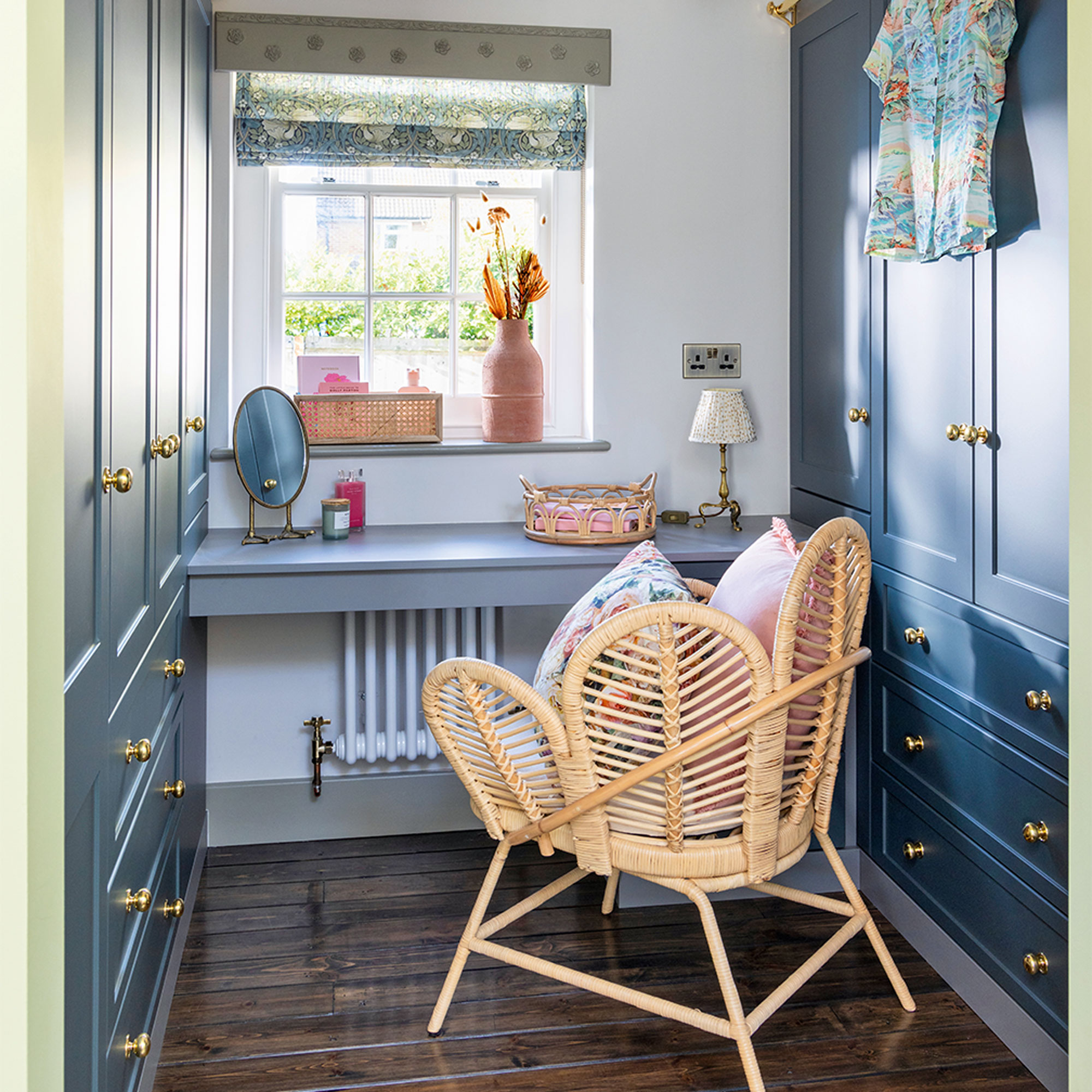
‘To decide what items you’re keeping and which ones to let go of, ask yourself as many questions as necessary to find out what your answer is. “Do you like it?” and “Do you wear it regularly?” are the basic questions to ask yourself for every item. Other questions to consider: When is the last time you wore it? How did it make you feel?’
She adds, ‘Once you’ve decluttered and organised your wardrobe, you will have a wardrobe filled only with clothes that you love and will actually wear, making it much easier and quicker to choose your daily outfit. You’ll be saving time. Why hold onto those items of clothing that you’ll never wear? They’re taking up precious space and energy.’
2. The shed or garage
When decluttering the home, many people forget about the buildings that serve as the extension of the home: the shed and the garage. And while you might have dreamed of bringing a big garden shed idea to life or turning your garage into the ultimate storage space, these spaces usually end up as a dumping ground.
Because of this, cleaning expert Nicola Rodriguez, AKA @essexhousedolly, suggests decluttering your shed or garage in February.
‘With the weather starting to get that tad warmer, sorting out your garden shed or garage is a great start to welcome Spring,’ she says. ‘Giving it a good clear out, cleaning it, and then decluttering and organising the contents gives you more space for when you’re putting out your garden furniture and pots again.’
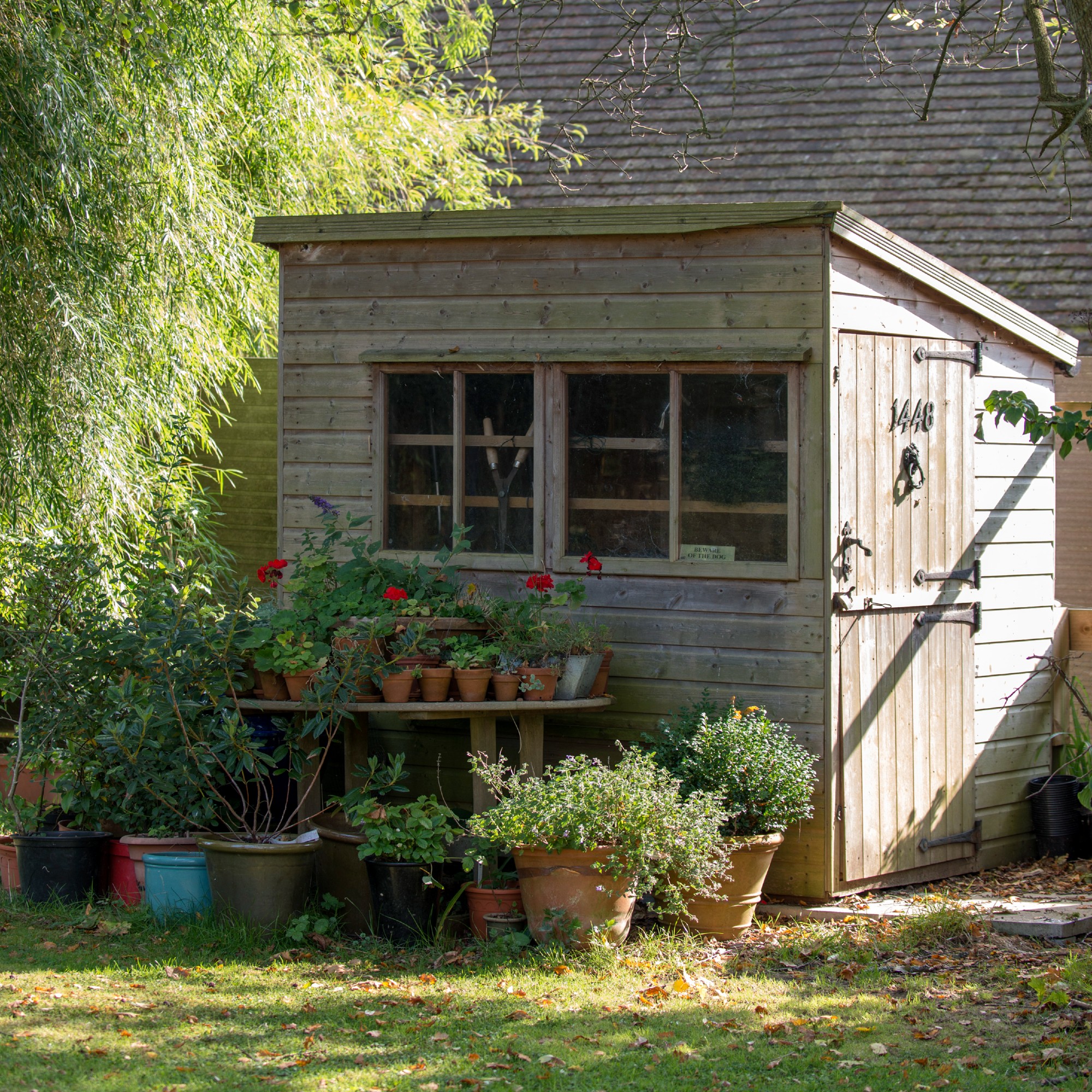
3. The kitchen cabinets
Over Christmas, you may have filled your kitchen cabinets with all kinds of crackers, cakes, and condiments. And while there’s nothing wrong with stocking up for the festive period, this can lead to cluttered cabinets that are bursting at the seams.
So, that’s why we’d suggest spending a few hours this February cleaning out and organising your kitchen cabinets. This is especially important when there’s food involved.
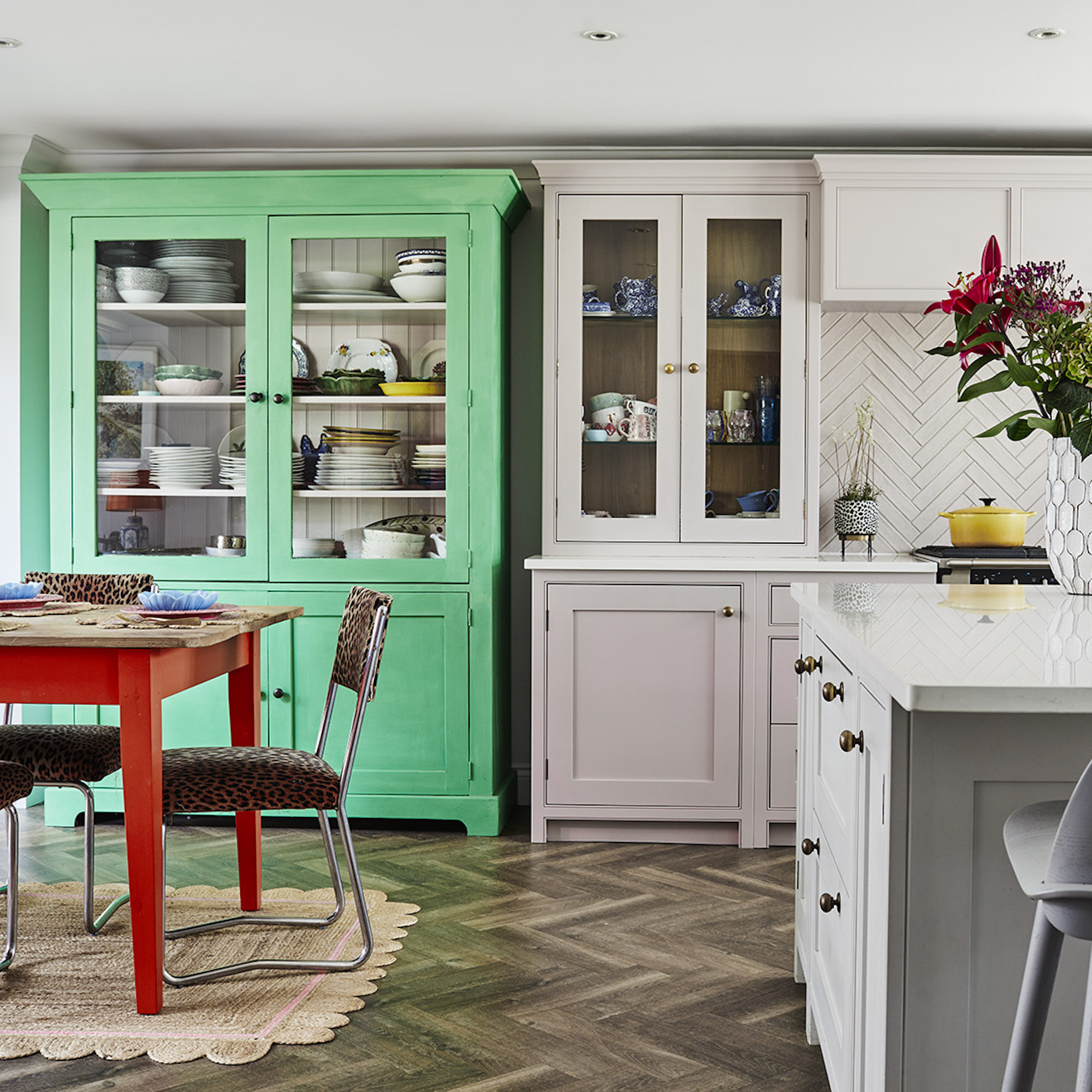
Ava says, ‘Declutter your pantry and cabinets from expired or unused items. This is also a great opportunity to organise food storage areas, making meal prep easier and reducing food waste. Check expiration dates, donate non-perishable items you won't use, and reorganise your shelves to make everything visible and accessible. Starting with one cabinet or shelf at a time can make this task less overwhelming.’
This task isn’t just limited to food, though. Nicola also notes that February is a good time to organise and re-home the plates, bowls, and dishes that are only used during the festive period.
‘Christmas crockery items can be stored either in your loft or a spare cupboard/sideboard,’ she explains.
4. Hallway or porch
As the entrance to a home, many people spend a lot of money bringing their hallway ideas to life. This space can set the tone for the rest of your house and can be a great storage space when used correctly.
However, this also means that your hallway can become cluttered and full-to-the-brim with coats, shoes, bags, and parcels you still haven’t returned. That’s why February is the perfect time to tackle it.
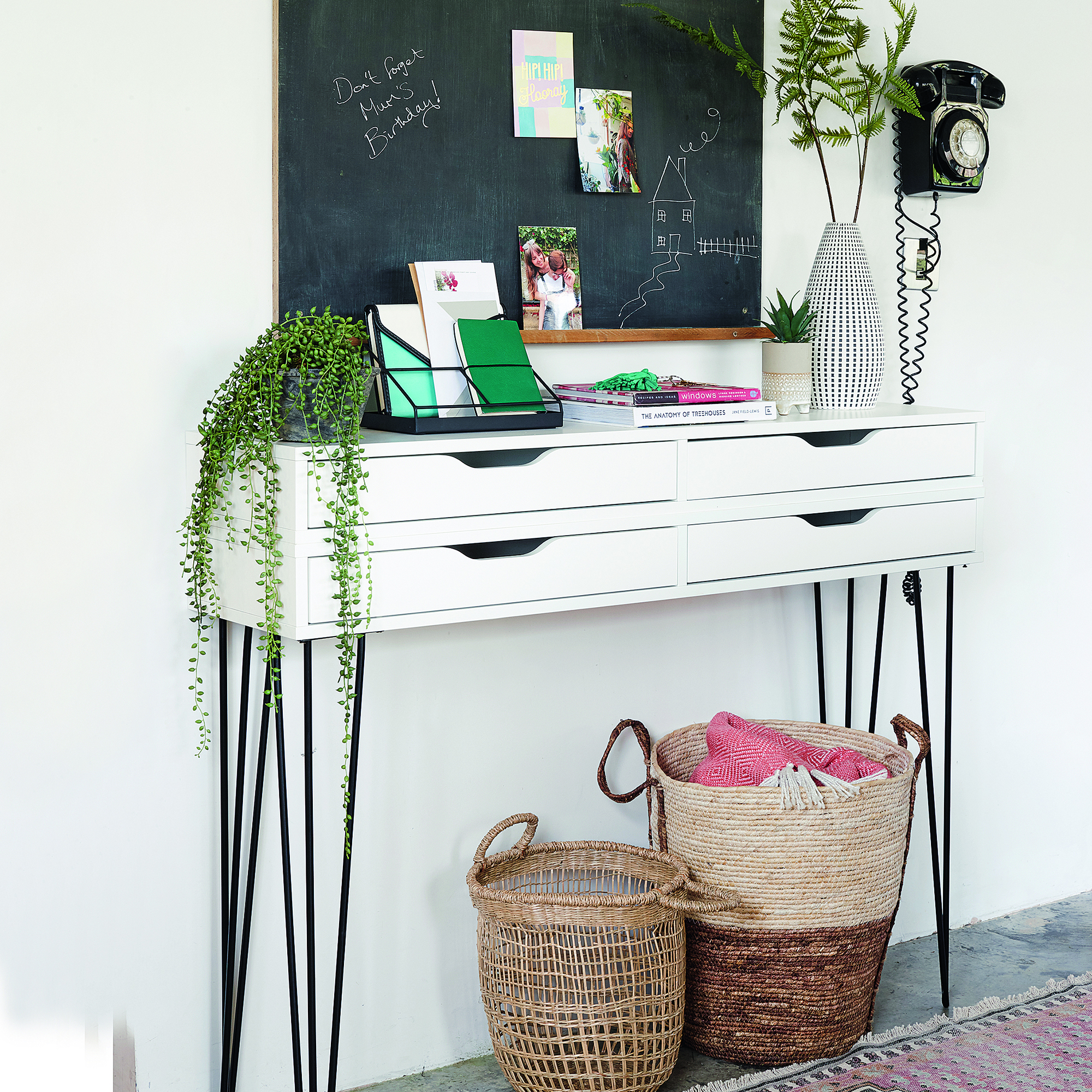
Nicola says, ‘With soon-to-be changes in season, this area of your home can be cleared out and decluttered by removing winter wellies and large coats. I also would change the fragrance and flowers you may have. I’ve just done this by getting rid of mulled wine red diffusers and replacing them with vanilla.’
Just remember to avoid these hallway storage mistakes when decluttering this area of the home to ensure you can get the most out of this space.
5. Paperwork and files
Whether you’re self-employed and starting to feel the end-of-the-tax-year dread or you’re looking to switch your energy supplier, February is as good a time as any to get on top of your paperwork and files.
After all, it’s very easy to put your bills and bank statements in a pile on your desk and forget about them (which I’m very guilty of doing in my home office), but this can lead to a cluttered home, cluttered mind, and cluttered accounts.
Ava says, ‘Tax season is approaching, making February the ideal time to organise paperwork, bills, and important documents. Create a system for what needs to be kept (and for how long), what can be scanned and stored digitally, and what can be shredded or recycled.
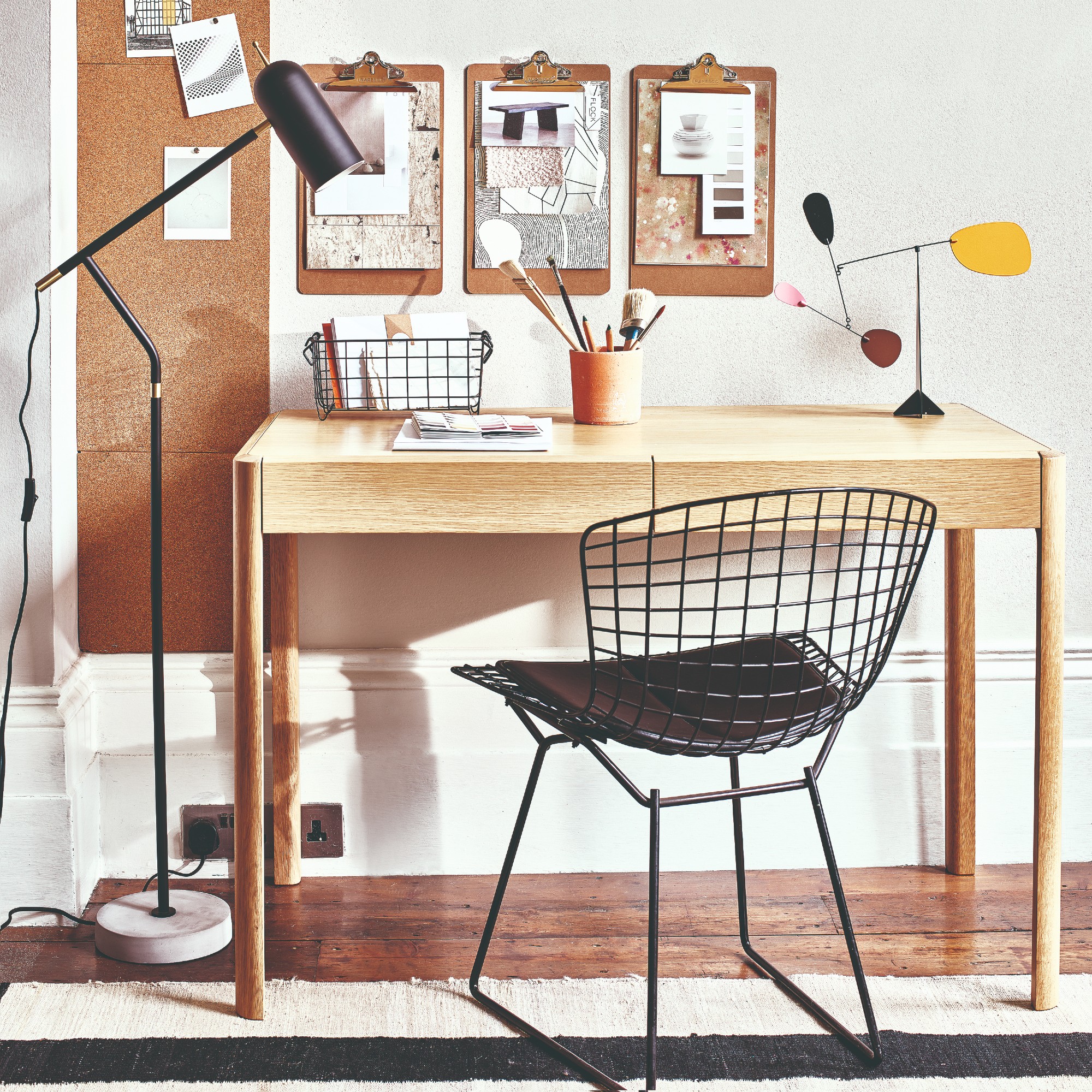
‘This not only reduces physical clutter but also makes important documents easier to find when you need them. Start with one category at a time, such as bills, medical records, or warranties, and work your way through each.’
Our handy guide on how to sort your paperwork can also help you out with this February decluttering task.
FAQs
What is the easiest thing to declutter?
Many people assume that clothes are the easiest thing to declutter. And while decluttering your wardrobes isn’t exactly hard, it can be time-consuming. Because of this, most experts would agree that the easiest things to declutter are the small things.
We’re talking about that junk drawer in your kitchen, your office desk, your bedside table, and maybe even your bathroom countertop.
These are the spaces that are small and relatively tidy, aside from the random bits of rubbish or rogue items that seem to accumulate there. So, make sure everything goes back to its original home, and throw away anything you no longer need.
What should I remove first when decluttering?
First, focus on throwing away any rubbish. There’s absolutely no need to keep this rubbish, and so this can go straight into the bin.
When you’ve cleared your space of rubbish, you’re then left with the clutter that requires more thought. It’s then up to you to decide whether you keep or toss these things.
Will you be decluttering your home this February?

Lauren Bradbury has been the Content Editor for the House Manual section since January 2025 but worked with the team as a freelancer for a year and a half before that. She graduated with a Bachelor’s degree in English and Creative Writing from the University of Chichester in 2016. Then, she dipped her toe into the world of content writing, primarily focusing on home content. After years of agency work, she decided to take the plunge and become a full-time freelancer for online publications, including Real Homes and Ideal Home, before taking on this permanent role. Now, she spends her days searching for the best decluttering and cleaning hacks and creating handy how-to guides for homeowners and renters alike, as well as testing vacuums as part of her role as the Ideal Home Certified Expert in Training on Vacuums, having spent over 110 hours testing different vacuum models to date!